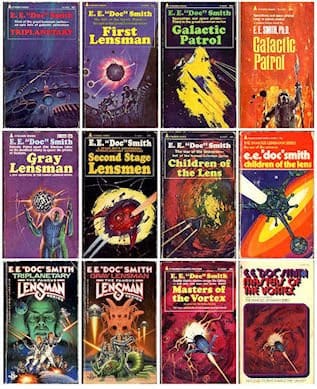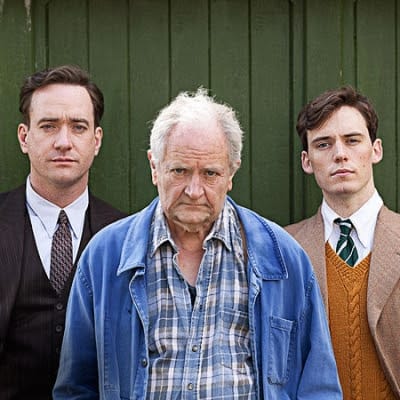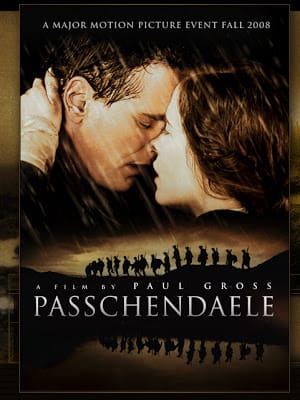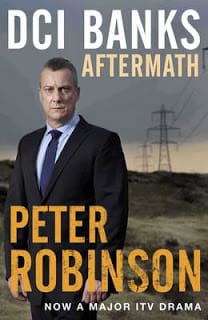4,800,000,000,000
If you stack £50 notes on top of each other, one after the other, the stack would need to be over 6000 miles high to achieve that amount. If you threw £50 notes out of a window at a rate of one every second, it would take you over 3000 years to reduce that stack to zero. Martin Durkin came out with various neat little analogies during Britain’s Trillion Pound Horror Story, like, for example, Chancellor Osborne’s spending cuts being the equivalent of trying to empty a full to over-flowing bath, which is still filling from the taps, with an egg cup. He also came out with some plain statements of fact, like, the debt for every man, woman and child in Britain is £77,000, and growing, like, if you sold off every house in Britain that wouldn’t pay it.

He also tells us in simple terms how we got into this position what with politicians buying votes, spending on crap, borrowing from the future to saddle future generations with debt. By politicians, who all agree that monopolies are a bad thing, creating state monopolies, like one of the biggest on Earth, the NHS. And he has a neat counter to the claim that any other option would lead to in-it-for-profit medical organisations. Do we refuse to buy our next car from Toyota, our next flat screen from Samsung or our next loaf of bread from Asda because they are all in it for the profit? Would we instead prefer state-manufactured products like the wonderful stuff produced by the soviets?
Of course, the Keynesians, Guardianistas and other daft socialists would claim, ‘But it’s not that simple!’ It is. You don’t spend what you haven’t got, and you don’t keep borrowing when you’re already heavily in debt. Simples.
Another target is welfare, the dole, how we are paying people to sit on their arses and remain in poverty. Last year the welfare bill was larger than the tax collected, which is unsustainable madness. Durkin tells us that the public sector in Britain is now bigger than the private sector and is a bloated parasite sucking up wealth, killing its host. If this continues the money will die and, really, before we get out of that there will be blood on the streets.
But there’s a way out and it is quite simple. Slash the public sector by half, make welfare a limited net and not a lifetime one, privatize the NHS and get rid of all those non-jobs because, when the figures are totted up, all those state jobs we regard as essential are filled by about 2 million employees, whilst on top of them are 5.5 million bureaucrats. Slash taxes to 20%, flat, nothing else, and paid only by those earning above something like £15,000 a year. Don’t, for example, tax someone on £15,000 then feed the tax back to them in benefits after the pointless bureaucracy created for the purpose has taken its cut. All of this would instigate an almost immediate regeneration, as it did in Hong Kong, the tiger economies and China (which incidentally has a public sector about half the size of Britain’s).
It’s not going to happen, however. Because the public sector is now 53% of the economy, and most of those working in it are not going to be turkeys voting for Christmas. It’s also the case that a large proportion of the population doesn’t have a clue about economics, and have thought processes that end at ‘money from the government’ and cannot stretch to ‘but the government has to get its money from somewhere’. Many don’t realise that every time the government does some ‘quantitative easing’ it’s actually taxing them yet again. Many don’t understand that whilst money will never run out, it can soon enough end up being valueless.
I rather think that sitting in our nice warm houses, with our shiny cars outside, with our TVs, computers and mobile phones, with our frequent trips to the supermarket and regular purchases off the Internet, we’re living in a false reality. It’s like one of those disaster movies in which you first see the cast of characters living their daily lives before things turn nasty. The asteroid is drawing closer, the terrorists are finishing the bomb wiring and loading their weapons, the tsunami is just starting to rise over the horizon or, being more relevant and prosaic in our case, the bailiffs are starting up their vans.
I wonder if now is the time to load the loft with canned goods, buy a generator and stock up on diesel, and then inquire of the local hoodies where it might be possible to buy an AK47. I wonder if right now is the time to take out any savings we have and turn them into Krugerrands, before Sterling turns into a poor and slippery substitute for Andrex.










